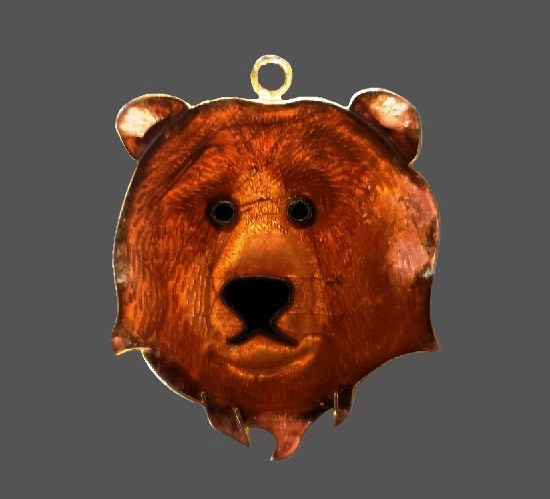Yochi NY vintage costume jewelry

Fish pendant. Gold plated metal alloy, artglass, rhinestone. 1990s. Yochi NY vintage costume jewelry
Yochi NY vintage costume jewelry
The history of the Yochi Design fashion jewelry brand began over 24 years ago in New York. The founder of the company Yochi Rettig Neman was born in Israel into a family of florists. Since childhood, she was introduced to the art of making bouquets and understanding the harmony and beauty of flowers. It was this understanding that led her to dream of becoming a jewelry designer. In the early 1990s, she moved to New York to study at university. The lifestyle, fashion and bustle of the city inspired her to fulfill her dream. She founded her company Yochi, Inc. in 1997. Later company names included Yochi Design, Inc. and Wild C.J. Accessories of New York, Inc.
The jewelry business of a talented and distinctive designer is a success story with many fans, including celebrities from all over the world.
Handcrafted in the late 20th and early 21st centuries, Yochi’s high-quality jewelry is an exquisite antique look vintage that can be inherited. Traditionally, the designer uses semi-precious stones and 22-carat gilded brass, as well as lucite and artglass that imitates gems.
More »





